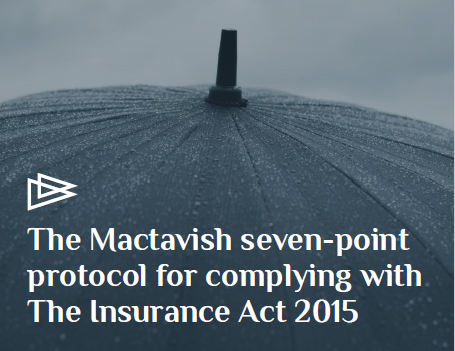
A Board of Directors’ primary interest with respect to insurance is to provide mitigation against high severity, low frequency events. Yet the paradox is that this falls down the list of priorities at renewal, with discussions commonly focused on premiums, not the reliability of the contracts and processes in place. Insurance ends up being treated as a commodity when it actually operates as a highly nuanced contract and capital facility.
The dangers of this paradox only become apparent when there is a large loss. In too many cases this means claims are disputed. On average:
- 45% of large or strategically significant claims are disputed
- Disputes take 3 years to resolve
- Where claims are disputed, settlements average 60% of the amount claimed.
The seeds of these disputes are often sown in a false understanding of the performance management criteria of the buyer’s role, in the management of the broker and during placement. In addition, further significant damage can often be done through actions post-loss and failure to manage a claim.
The Insurance Act 2015 has been rightly welcomed as giving policyholders added protection, but the new legal framework also places further obligations on buyers and their Boards. Courts are expected to interpret the law stringently, and businesses must be alert to these realities. The overall objective of the Act is to professionalise insurance placement. Policy reliability therefore needs to work its way up the list of priorities, and insurance buyers need to put themselves in the mindset of a disputed claim all the way through the placement process.
This guidance note helps businesses do this by working back from a disputed loss. It gives a Seven-Point Protocol detailing key areas to consider, so that insurance policies respond to large losses as intended and businesses do not fall foul of the new environment created by the Insurance Act 2015. For a detailed summary of the specifics of the Act itself we suggest that readers consult the British Insurance Brokers’ Association/Mactavish co-produced guide: Insurance Act 2015: An Introductory Guide.
Audit the work of your brokers and insurers by putting your insurance governance to the Mactavish test!




